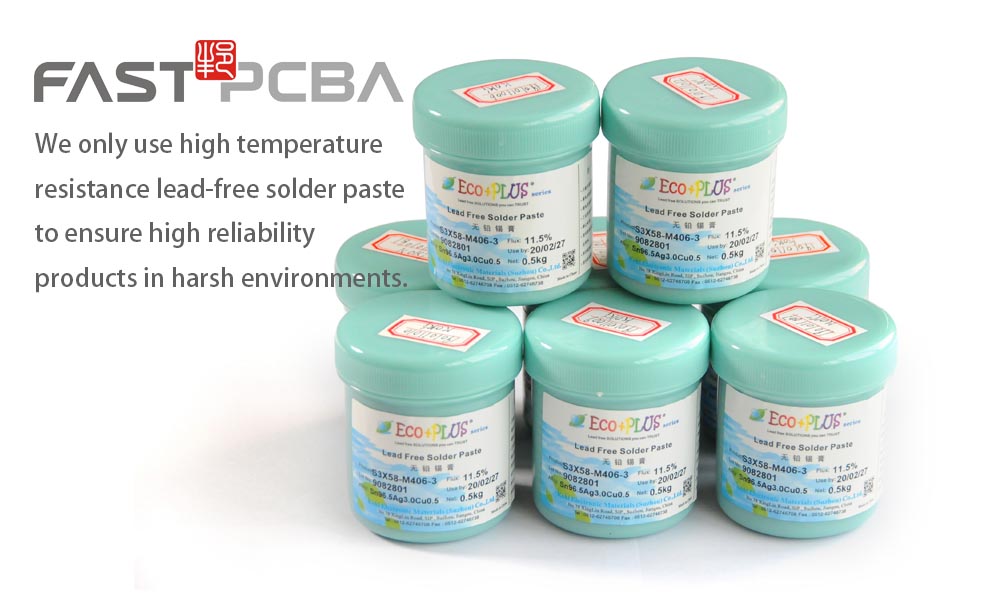About us
FASTPCBA Co.,Ltd
-
 Building 1, Senyang Electronic Technology Park, Guangming High-tech Park, Yutang Street, Guangming District, Shenzhen City.
Building 1, Senyang Electronic Technology Park, Guangming High-tech Park, Yutang Street, Guangming District, Shenzhen City.
-
 F:86-13418481618
F:86-13418481618
-
 [email protected]
[email protected]
 date:2019-11-15 11:06:05
date:2019-11-15 11:06:05
Solder paste printing principle
Solder paste printing is the first step in the SMT assembly process, and its function is to distribute solder paste. Solder paste printing process is the core process of SMT, which determines the process quality of SMT. According to statistics, more than 60% of surface assembly defects are related to the solder paste printing process, more precisely related to the amount and consistency of solder paste. The amount of paste depends on the design of the template, including the thickness of the template and the shape of the opening pattern, which determines the soldering pass rate, and the consistency of the amount of solder paste printing depends on the printing process, which determines the stability of the solder pass rate. It must be clear that the printing process only solves the problem of the stability of the weld pass rate. To solve the problem of the pass rate of the weld, the pcb layout, PCB design, printing and temperature curve design must be systematically considered according to the process characteristics of the package. The goal of the solder paste printing is to convert to the goal of printing graphics, that is, the thickness is consistent, the graphics are complete, and the position is accurate.

Controlling the solder paste printing process is to achieve consistent, repeatable print quality. As the spacing of components shrinks, the main challenge of solder paste printing is the uniformity or rate of change of the transfer rate of each template opening at the package level. Statistics show that less tin (referring to less printing) has greater influence on welding quality than excessive tin (referring to excessive printing), such as open welding, ball breeding, non-melting tin (grape ball phenomenon), tombstone, offset, etc. are related to less tin, and the more-tin meter is related to bridge with fine-pitch wing-shaped lead devices. Therefore, the printing process mainly solves the problem of less tin - improving the ability of the tin permeation and obtaining a stable transfer rate.
Printing principle: The solder paste is filled into the template opening by the scraping of the blade, and then the solder paste is transferred and deposited on the PCB pad by separating the printed board from the template. Obviously, the solder paste printing process can be subdivided into two sub-processes of filling and transferring.
Fillability is expressed by the fill ratio, which is the ratio at which the solder paste is filled into the opening of the stencil during printing, expressed as the ratio of the actual amount of solder paste to the open volume of the stencil. Due to the measurement reason, the area ratio of the filler used in production is characterized.
Transferability, also referred to as mold release and tin permeation capability, is expressed by transfer rate, which is the ratio at which the solder paste in the template opening is transferred to the pad during printing, expressed as the ratio of the amount of solder paste actually transferred to the opening volume of the template.
 Building 1, Senyang Electronic Technology Park, Guangming High-tech Park, Yutang Street, Guangming District, Shenzhen City.
Building 1, Senyang Electronic Technology Park, Guangming High-tech Park, Yutang Street, Guangming District, Shenzhen City.
 F:86-13418481618
F:86-13418481618
 [email protected]
[email protected]